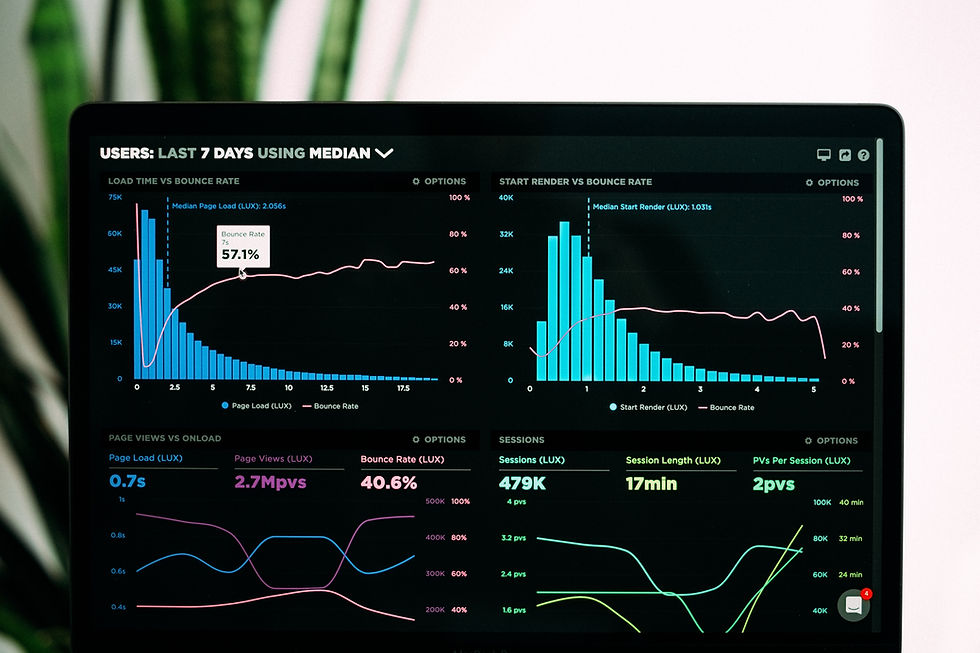How to Build a Winning Six Sigma Portfolio
- sonamurgai
- Oct 7
- 3 min read
Updated: Oct 15

In today’s competitive professional landscape, showcasing your Lean Six Sigma expertise isn’t just about holding certifications—it’s about proving the measurable impact you’ve delivered. A well-structured Six Sigma portfolio demonstrates your ability to apply data-driven methods, lead change, and achieve results. Whether you’re a Green Belt, Black Belt, or aspiring Master Black Belt, a winning portfolio can set you apart and open doors to new opportunities.
1. Why a Six Sigma Portfolio Matters
Think of your portfolio as your professional story—one that highlights how you’ve used Six Sigma tools to solve real business problems. While a résumé tells recruiters what you’ve done, a portfolio shows how you did it. It’s an evidence-based collection of your projects, metrics, and achievements, proving that you can apply Six Sigma principles to drive measurable performance improvements.
Employers often look for tangible outcomes such as:
Cost savings or revenue growth achieved
Cycle time or defect reduction percentages
Customer satisfaction or quality score improvements
2. Key Elements of a Strong Six Sigma Portfolio
A comprehensive Six Sigma portfolio should strike a balance between technical competence and business impact. Include the following sections to make your work shine:
Project Summaries: Provide a concise overview of your major Lean Six Sigma projects. Outline the business challenge, methodology used (DMAIC, DMADV, etc.), and quantifiable results.
Problem Statements and Goals: Clearly articulate the “pain point” each project addressed and how your objectives aligned with organizational strategy.
Tools and Techniques Used: Showcase your mastery of Six Sigma tools such as Pareto charts, control charts, fishbone diagrams, regression analysis, or FMEA. Include screenshots or visuals where appropriate.
Before-and-After Metrics: Use baseline and post-improvement data to demonstrate impact. Visuals such as run charts or process maps are particularly compelling.
Reflections and Lessons Learned: Employers value continuous improvement in professionals too. Highlight what you learned, how you adapted to challenges, and how the project influenced future work.
3. How to Structure Your Portfolio
Organize your portfolio in a clean, professional format. You can build it as:
A digital presentation (e.g., PowerPoint or PDF)
A visual dashboard (using Tableau or Power BI)
An online portfolio (using LinkedIn’s “Featured” section or a personal website)
Group projects by complexity or industry (e.g., manufacturing, healthcare, finance) and maintain consistency in layout and terminology. Make it easy for reviewers to scan and compare results across projects.
4. Demonstrating Quantifiable Impact
When building your portfolio, remember: numbers tell the story. Include metrics that demonstrate your contribution to business goals. Examples:
Reduced process lead time by 25% using Value Stream Mapping and Kaizen.
Saved $250,000 annually through waste reduction and standardized work.
Improved First Pass Yield from 89% to 97% via root cause analysis and control chart monitoring.
Ensure that your data is credible—avoid exaggerations, and protect proprietary information by anonymizing project details where necessary.
5. Enhancing Your Portfolio with Certifications and Soft Skills
While metrics matter, so do the leadership and collaboration skills behind them. Include:
Certifications (ASQ, IASSC, or company-sponsored programs)
Mentoring or coaching roles
Cross-functional collaboration experiences
You can also strengthen your portfolio with case studies, testimonials, or recognition letters from supervisors or clients.
6. Keep It Evolving
Your Six Sigma portfolio is a living document. Update it as you complete new projects or earn advanced certifications. Over time, it will become a tangible record of your professional growth and continuous improvement journey.
Final Thoughts
Building a winning Six Sigma portfolio is about more than compiling data—it’s about telling a story of transformation. By showcasing your ability to identify problems, apply Six Sigma tools, and deliver measurable results, you communicate what every employer values: the power to drive change through disciplined, data-driven improvement.
References:
ASQ Quality Press. Tague, N. R. (2005). The Quality Toolbox (2nd ed.).




Comments